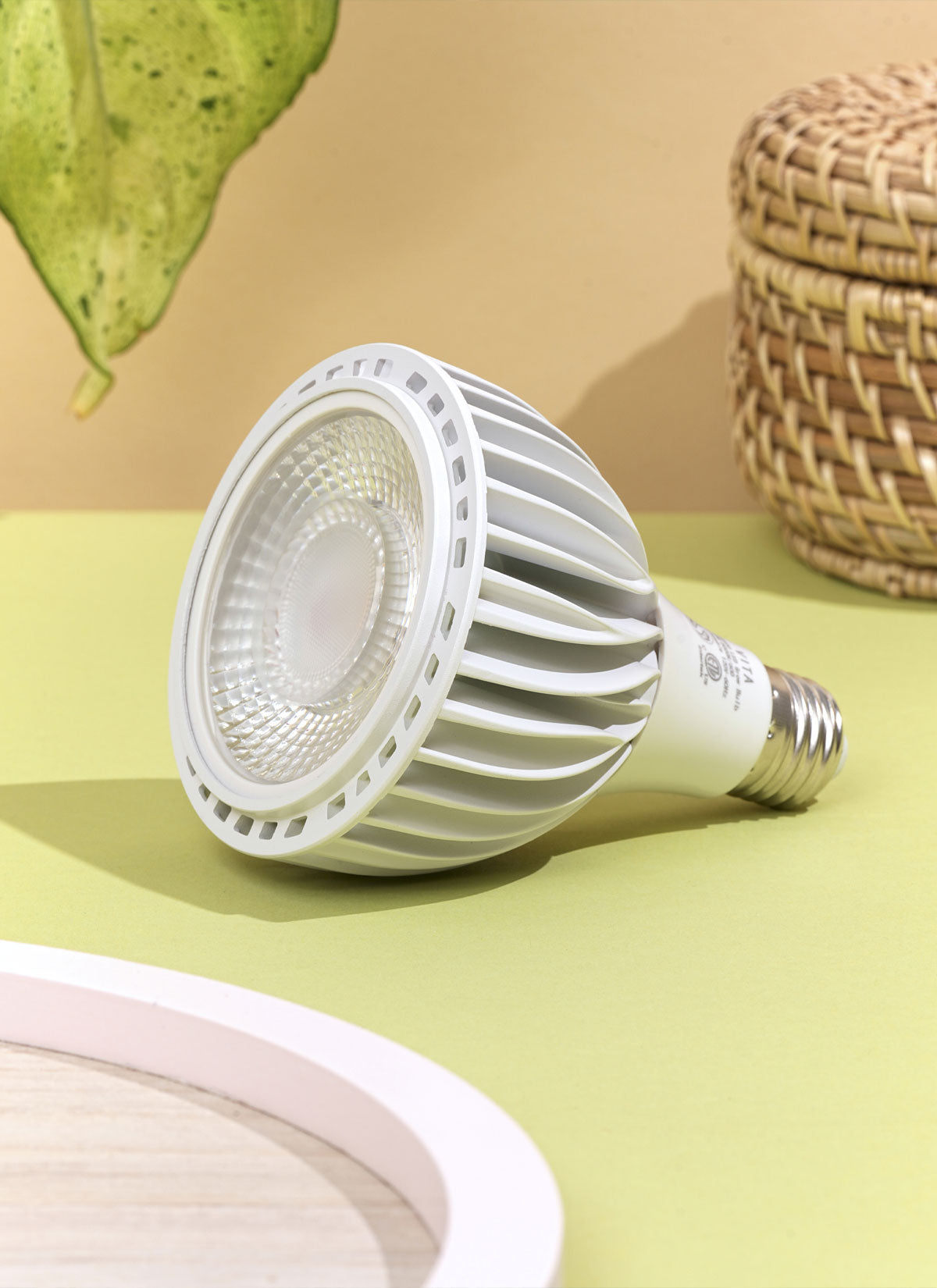Quick Tip: Water until water comes out of drainage holes. Allow top 2 inches of soil to completely dry between waterings.
The type of plant, the type of soil, and the amount of water the plant needs will determine how to water indoor bonsai trees. The soil surface should feel somewhat dry to the touch, but not completely dry, before watering bonsai trees. While watering, fully soak the soil until water drains out of the bottom of the container. Refrain from overwatering to prevent root rot. It's crucial to keep a regular watering schedule and to prevent letting the soil get fully dry in between waterings. To prevent soil disturbance and water splashing onto the foliage, it's also beneficial to use a watering can with a fine nozzle or a misting spray bottle.




















